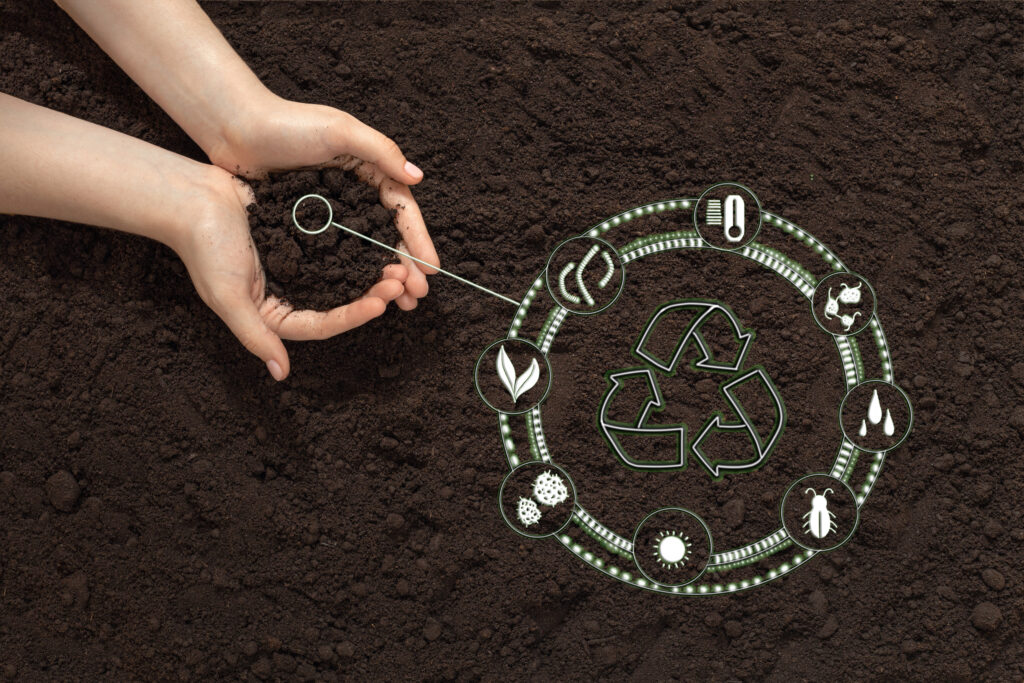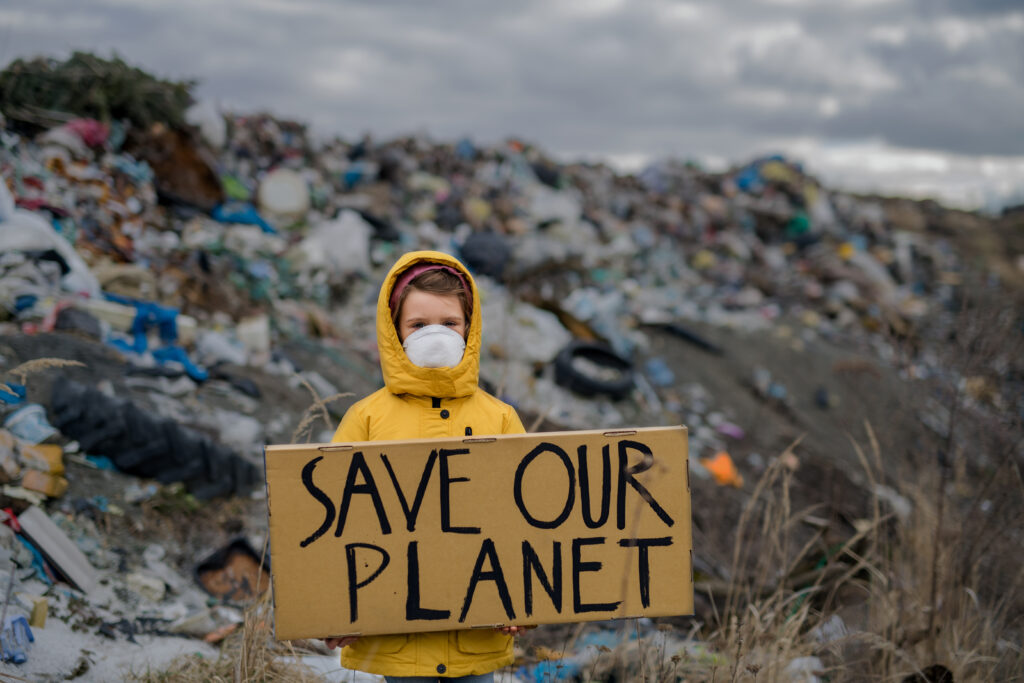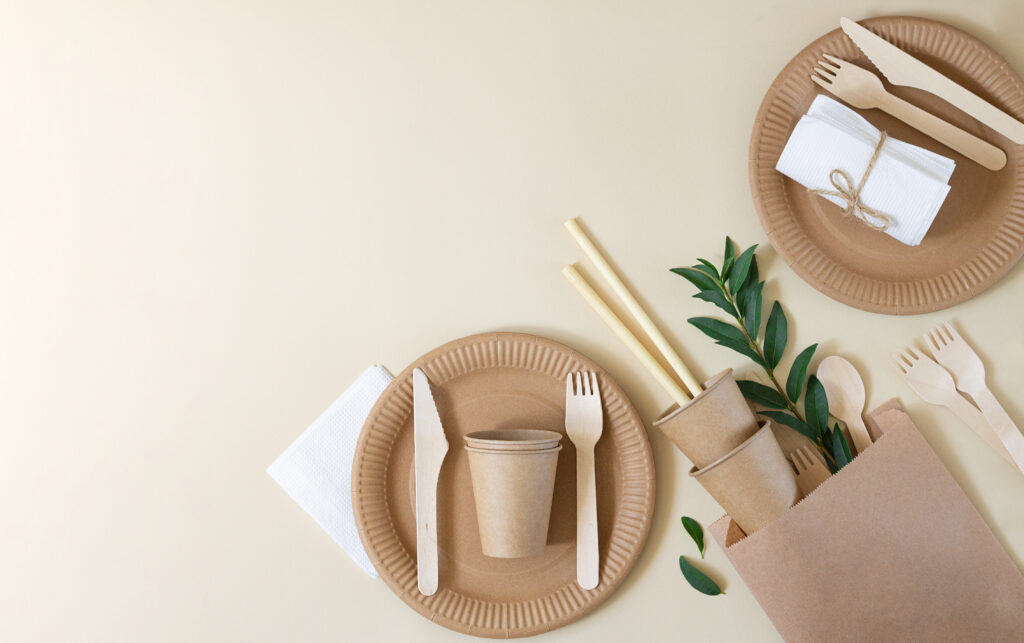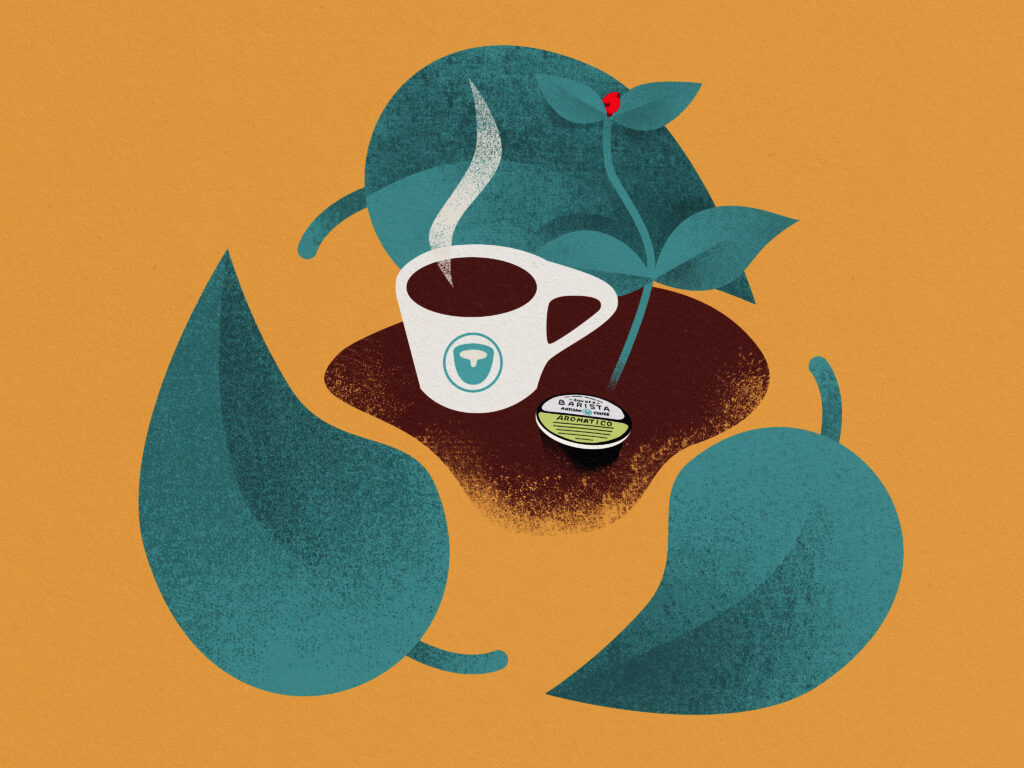Saving the planet has been a topic of conversation for a long time now. With a growing number of people actively trying to make a difference by cutting down on their plastic waste, Son of a Barista has made it easier for you when it comes to your coffee!
We offer 100% biodegradable coffee pods to completely and have completely removed plastic from the equation so that you can enjoy your coffee without harming the environment.
How Is Biodegradable Material Useful?
Biodegradable materials can break down in a natural environment without leaving toxins which in return does not cause harm the way that non-biodegradable products do.
Biodegradable materials beat traditional plastic materials in many ways:
- More eco-friendly
- Uses less energy to create
- Reduces greenhouse gases
- Decrease the amount of trash in landfills
- Creates fewer toxins
What makes something biodegradable?
The ability of something to be broken down by microbes and other biological factors is what makes it biodegradable. Other factors in biodegradation include moisture and air. For a product to be considered “biodegradable,” it must be able to break down into organic matter at a rate similar to that of materials that occur naturally. Textiles and paper are biodegradable products, but petroleum-based plastics are not. The field of green chemistry revolves around creating products that have minimal environmental impact, which includes creating materials that degrade quickly and safely in the environment. Bioplastics are one product of green chemistry; these are plastics that are designed to biodegrade.

Dangers of Using Non-Biodegradable coffee pods
Items made from Styrofoam and plastic wind up in landfills by the ton every year. These products take centuries to degrade and when they do, they can leave toxic residue behind. Coffee pods can wind up in rivers where they wash into lakes and oceans. Over time, the plastic breaks down into smaller pieces that choke and kill wildlife.
Non-Biodegradable coffee pods and Landfills
The cost of landfills is high. In addition to paying for the land itself, the expense of preparing the land is also factored into the overall cost of opening a new landfill. That cost eventually gets passed on to municipal budgets and to you, the taxpayer. Waste products that are not biodegradable simply sit in landfills and take up space, essentially wasting your money. Some landfills are being injected with water and microbes to enhance biodegradation. Diverting biodegradable waste from landfills by composting is another way to lower their cost and to make them more efficient. Composting provides the right amount of moisture and air to ensure that biodegradable products break down quickly.

Why biodegradable coffee pods are the most eco friendly coffee brewing option
Biodegradable coffee pods are environmentally less harmful than alternative coffee-brewing methods and here is why. The energy it takes to brew coffee has an impact on the environment. That’s why coffee shop-made espresso fares so badly in terms of its environmental footprint: a lot of energy is needed to brew just a tiny single espresso cup. Biodegradable coffee pods, on the other hand, are more efficient. The coffee machines only flash-heats the amount of water needed for one portion, unlike, for example, boiling a kettle.
A study by Quantis compared the electricity consumption during brewing, heating and wasting coffee for single-serve and drip coffee preparation. It found that single-serve coffee uses an exact serving of fresh coffee, which cuts coffee waste, while people making drip coffee often have leftover that they throw away. And espresso makers that sit on a gas hob or a hot plate use significantly more energy than a coffee pod machine does.
The problem with other coffee companies
Since 2010, Nespresso has been making its own fully-recyclable aluminium capsules, but there’s a catch: people have to return them to Nespresso to be processed at the company’s own recycling factory. That’s because Nespresso capsules are not pure aluminium, which is widely recycled — they have silicon lining, so the capsules need a bespoke recycling process. Still, trying to motivate consumers to be greener, the company provides free return bags for the capsules you might buy. Alternatively, it’s possible to drop off used capsules at a Nespresso boutique, or request a collection from your home. At the moment, the recycling rate is 25 percent. The hassle and burden placed on customers means that adoption rates are not as high as they could be.
Benefits of Using Biodegradable Instead of Petroleum-Based Plastics
- The manufacture of biodegradable plastics results in far less environmental pollution when compared to plastics made from petroleum.
- When biodegradable plastics break down, they do so into harmless, nontoxic elements. They produce only 32 percent of the greenhouse gasses that are emitted by petroleum-based plastics.
- Biodegradable plastics require only 35 percent of the energy needed to make petroleum-based plastics.
- The production of petroleum-based plastics calls for 200,000 barrels of oil to be used each day. Using plastics that are not petroleum based can reduce the dependence on nonrenewable resources.
- Biodegradable plastics that are made with organic matter can greatly reduce the nation’s municipal waste. Instead of being placed in landfills, these plastics can be placed in compost heaps. The compost produced can be used as fertilizer.

9 Other Biodegradable Materials You Must Know About
1) Bamboo
The versatile and natural material can grow rapidly in many different conditions. Not only this, but it can be produced on a vast scale.
The plant helps with the process of reducing greenhouse gases while it grows. And any waste that comes from making a product can be used as fertilizer.
You might surprised what you can build with bamboo:
- Pens
- Cutlery
- Bicycles
- Roads
- Toothbrushes
2) Bamboo Straws
These straws are made with 100% biodegradable materials and make a very nice alternative to their plastic cousin.
The straws can be easily discarded and left to biodegrade. But, if chucking things away isn’t your thing, you also have the option of cleaning it out and using next time. Unlike the biodegradable paper version.
Not only do they look pretty cool, but they also save animals from choking on plastic. Overall it has tremendous environmental benefits.
3) Cork
Cork has amazing biodegradability qualities and is also completely reusable; That’s two birds with one stone.
The production of cork also helps to lower the number of greenhouse gases being emitted into the atmosphere every day.
What people don’t know of is its fireproofing qualities, and how it’s used for forest fire prevention. Cork has many other qualities, including:
- Building foundations
- Fire-resistant house bricks
- Home insulation
- Reduces the need for screw-top wine bottles
4) Biodegradable Cutlery
Biodegradable cutlery has massively increased in quality in recent years. Everyone is trying to find new and environmentally friendly options for biodegradable cutlery.
Here are a few materials people are trying out:
- Bamboo
- Seaweed
- Avocado
An increasing amount of biodegradable waste is building up. Mainly due to biodegradable plastic process not doing what it said it would.
5) Mycelium
This fungus can be turned in to building materials, which are surprisingly durable considering what it’s made from.
It is made with 100% biodegradable material and feeds on dead organic matter to grow.
The organic material can grow at a rapid rate and can help to reduce greenhouse gases that get emitted into our atmosphere.
Not only is it easy produce it also comes with a low cost, but it also has several other attributes:
- Fireproof
- Non-toxic
- Can be used as a fiberglass alternative
6) Seaweed
Companies have been looking for a new biodegradable packaging that’s not only eco-friendly, cost-effective.
Seaweed plastic is made with nothing but, plant-based materials, which means it’s completely biodegradable.
This synthetic plastic can completely dissolve in warm water, leaving no harmful chemicals behind, and it boasts a shelf life of two years.
If you’re wondering if it has any other benefits:
- It can be used as insulation, which can last 150 years
- It can make building bricks
- It’s fireproof
7) Biodegradable Trash Bags
Although we give biodegradable plastic a tough time, it is a step in the right direction. It helps in waste reduction after all.
In fact, it has a few other good points:
- It’s more energy-efficient to make than traditional plastic.
- It uses slightly less harsh chemicals.
- It’s the better option than traditional plastic
In fact, the best biodegradable trash bags have seen a lot of advancements in the last few years. People are finding natural materials to make plastic from to:
- Reduce carbon dioxide
- Cut down on biodegradable waste
- Eliminate “biodegradable” plastics
8) Hemp
It must have been a sign when the production of hemp became legalized in many states. Hemp can be grown in some seriously adverse conditions.
Add that with it being amazingly versatile; the number of uses is amazing:
- Bio-fuel
- Clothes
- Plastic
- Paper
- Cooking oil
- Medicine
Hemp has a perfect chance of stopping the deforestation problems as it has the ability to make good grade paper without having to chop down trees.
9) Biodegradable Pens
Biodegradable pens are great to show people your environmental awareness. Every day thousands of disposable plastic pens are discarded. Killing thousands of animals along the way.
Made with biodegradable materials your pen will leave no traces and more importantly, no toxin in the environment.




